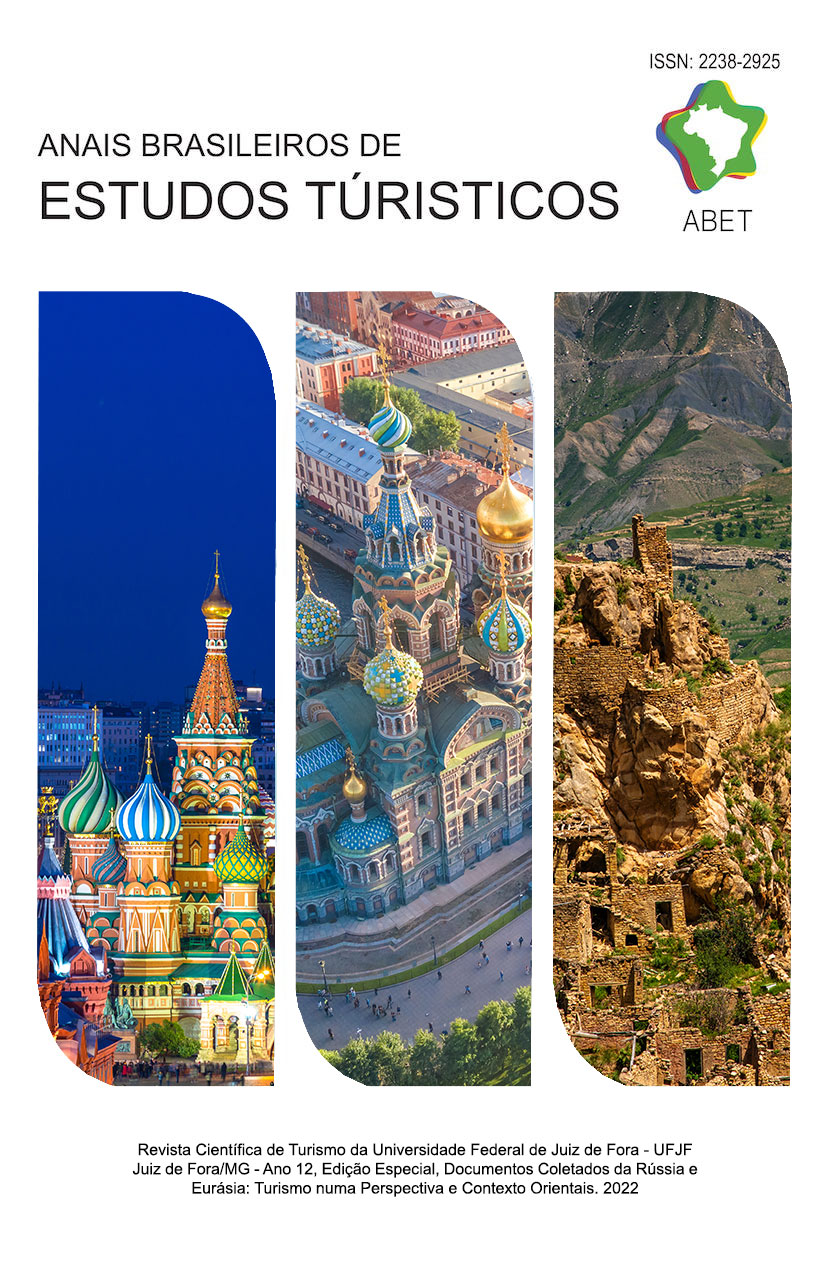Methodological Approach to Assessment of Transport Infrastructure Development in Megapolitan Capital Cities: Case Study of Moscow
DOI:
https://doi.org/10.5281/zenodo.7349054Keywords:
Transport Infrastructure, Spatial Development, Megalopolis, Social and Economic Regional Development, Index MethodAbstract
The objective of the study is to identify and analyze the connection between the trends of the social and economic development of Moscow and the factors of transport infrastructure (TIS) development. The main research methods are the index method and the economic and mathematical modeling. This method helped to specify the infrastructure factors that determine the spatial development of the city and rationalize management decisions aimed at optimizing the development of various types of transport, communications and types of transportation to ensure a sustainable social and economic development of the capital. The author's approach to calculating the quality of TIS index is presented, which allows, in contrast to similar methodologies, a deeper analysis of the way the environmental factor influences the spatial development of the territory. Using the index, the most general patterns in the development of Moscow's TIS for the period of 2000 to 2020 were identified. An algorithm for the development of the TIS of a megalopolis is proposed, which suggests the differentiation of management decisions to increase the level of the social and economic state of the territory. The practical value of the method consists in determining the impact of TIS development on the trends of investment and economic growth in the region. It has been ascertained that the development of TIS and the improvement of its quality are currently the main reserves of the economic growth of the regions.
Downloads
Downloads
Published
How to Cite
Issue
Section
License
Copyright (c) 2022 Anais Brasileiros de Estudos Turísticos

This work is licensed under a Creative Commons Attribution 4.0 International License.
This journal provides immediate open access to its content, following the principle that providing free scientific knowledge to the public provides greater democratization of world knowledge.
Authors must agree to the following terms relating to copyrights:
(a) Authors keep all copyright and grant the to the journal the right of first publication, with the work simultaneously licensed under the Creative Commons Attribution License that allowing job sharing with recognition of authorship of the work and initial publication in this journal.
(b) Authors are allowed to assume additional contracts separately, for non-exclusive distribution of the version of the work published in this journal (e.g. publish in institutional repository or book chapter), with recognition of authorship and initial publication in this magazine.
(c) Authors are allowed and are encouraged to publish and distribute their work online (e.g. in institutional repositories or on your personal page) since they do not do this before or during the editorial process, as this can generate productive interchange, as well as increase the impact and citation of work aired. (See Effect of Free Access).















